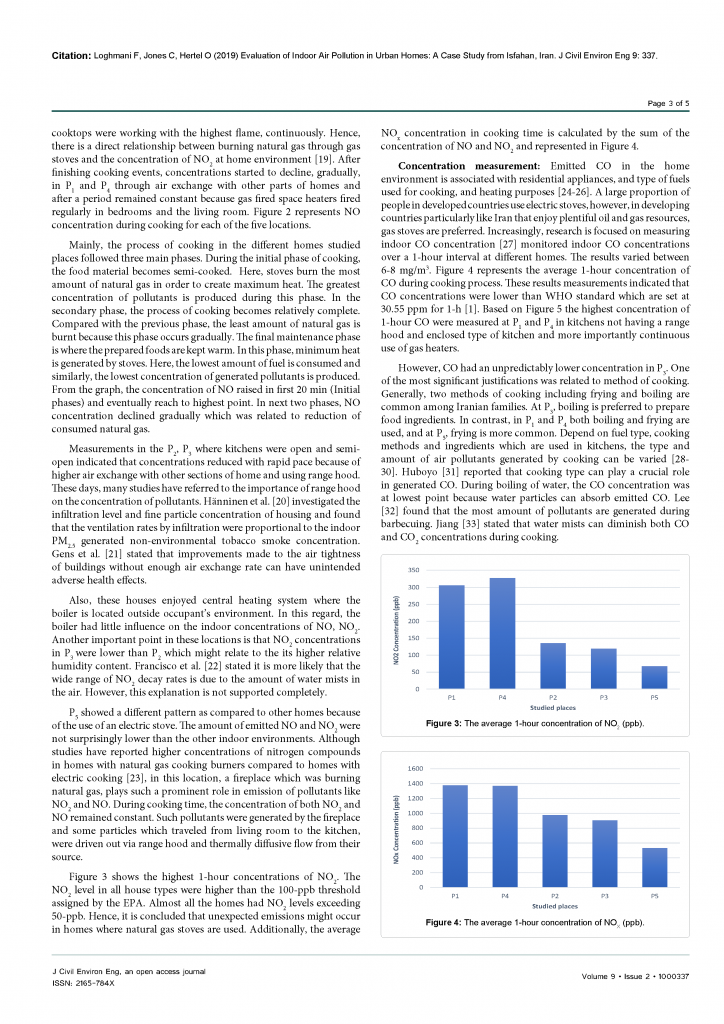Writing the Results and Discussion Section
Results
The Results section is where you insert the data (Fig. 3.3). One of the important way to convey results is through charts. The data in the charts needs to be meaningful. You do this by formatting charts with appropriate axis labels, legends and units. The title or caption of the chart or figure must capture the meaning of the data. Choose the data carefully and make it count–it is a communication of the entire paper. Charts, graphs, tables, and plots are called “descriptive data,” meaning they need to do the bulk of describing the data for you. Make sure they are well labeled!
Writing Tip: The chart or figure should communicate the ideas of the paper as a whole so that a reader could discern what 90% of the paper is about just by looking at the visual aids.
As the researcher and author, it is important to be ethical and not skew the data (meaning not to distort the data to how you would like it). Most data is not perfect but it is still important to show the imperfections. Data needs to be inclusive and unbiased.
Writing Tip: Don’t forget to create a caption for the figure or table. Also don’t forget to cite your source for any referenced information. The title for a figure goes below, the title for a table above, and the caption for a figure or table appears below the information (see Fig. 3.3). It is easy to accidentally get this wrong.

Discussion
The Discussion section is the place to explain the results section. If the research went as planned, there is no need for an in-depth discussion–results and discussion can be covered side-by-side in the same section as in the sample paper used for this chapter (Fig. 3.2, Fig. 3.3). Notice that both the presentation of data in charts and the discussion of data in the combined Results and Discussion are represented in Figure 3.3.
On the other hand, if the methods or the data do need to be explained, a separate discussion section provides a place to explain the study: what worked and what didn’t. Here you may choose to talk about the outliers in the data, why there is some “noise,” or what had to be adjusted after the research began.

